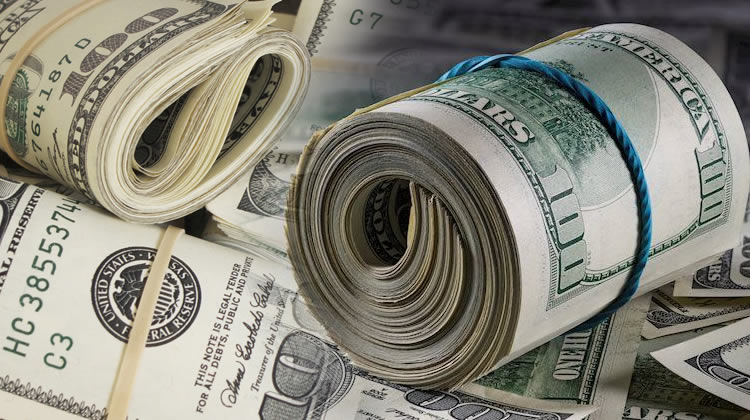Bid and Ask Prices
- Posted on October 31, 2022
- Financial Terms
- By Glory

The best possible price that buyers and sellers in the
market are willing to deal at is referred to as the bid and ask. In other
words, the terms "bid" and "ask" relate to the best price at
which securities can be sold and/or purchased.
A buyer's maximum price that they are willing and able
to pay for a share other securities is represented by the bid price.
The least amount a seller will accept for the same security is represented by
the ask price. When a seller is prepared to sell for the highest price or when
a buyer is prepared to accept the best offer on the market, a trade or
transaction happens.
Bid-Ask
Price Explained
An investor's willingness to purchase the securities
at a given price is known as the bid price. If an investor wished to sell a
stock, he or she would have to determine the asking price. You may accomplish
this by examining the bid price. It represents the maximum price at which the
stock will ever be purchased. For instance, if a stock is trading with an ask
price of $30, anyone seeking to buy it would have to make an offer of at least
$30 in order to do so at the current price. The bid-ask spread is a common name
for the difference between the bid and ask prices.
The price at which a seller is willing to accept an
offer on a security is known as the ask price. For instance, if an investor
wants to purchase a stock, they must ascertain the asking price. They consider
the ask price, which is the lowest price at which a stock can be sold.
One important measure of an asset's liquidity is the
spread, which is the gap between the ask and bid prices. Most investors forget
the fundamental concept of bid and ask when they transact. In summary, ask reflects the security's supply
while bid represents the demand.
The market determines the bid and ask prices. They are
mostly influenced by the actual purchase and sale choices made by the
individuals and organizations that invest in securities. The bid and ask
prices will steadily move upward if demand exceeds supply.
In contrast, bid and ask prices will decline if supply
exceeds demand. The amount of trading activity in the security as a whole
affects the spread between the bid and ask prices; more trading activity
results in narrower bid-ask spreads, and vice versa.
The market maker benefits from the bid-ask spread.
Based on the securities and the market, bid-ask spreads might fluctuate
greatly.
Due to traders' unwillingness to pay prices above a
specific limit and sellers' possible rejection of prices below a specific
level, the bid-ask gap can expand considerably during times of market
turbulence or illiquidity.
The bid and ask spread is an implicit cost of trading
that the typical investor must deal with. There is usually plenty of liquidity
in the security when the bid and ask prices are fairly close. The security in
question is considered to have a "narrow" bid-ask spread in this
case. Investors may benefit from this circumstance since it makes it simpler
for them to enter or exit their positions, especially in the case of large
stakes.
However, trading assets with a wide bid-ask
spread, or when the ask and bid prices are far separated, can sometimes be
demanding and costly.
Bid
Ask Spread
The bid-ask spread is the dividing line between the
ask and bid prices. It is the difference between the ask price and the bid
price is known as the bid-ask spread. The market maker benefits from and takes
profit from the bid-ask spread.
The market maker collects the spread, which is the
primary transaction cost of trading as orders are processed automatically at
the bid and ask prices. The bid-ask spread can be significantly influenced
by the depth of the "bids" and "asks." If relatively few
people issue limit orders to buy a security (leading to lesser bid prices) or
fewer people post limit orders to sell a security, the gap could widen
dramatically. As a result, it's crucial to consider the bid-ask spread when
setting a purchase limit order to guarantee that it executes correctly.
Because each asset has a different level of liquidity,
different assets have different bid-ask spread sizes. The standard metric for
assessing market liquidity is the bid-ask spread. Since some markets are more
liquid than others, their lower spreads should reflect this. In essence, market
makers provide the liquidity that price takers demand.
The gap between the best bid and best ask they are
willing to offer at any one time may also be increased by market makers and
traders who are alert to impending market risk. If all market makers act in
this manner with respect to a particular security, the quoted bid-ask spread
will reflect a bigger magnitude than typical.
One indicator of the supply and demand for a specific
asset is the bid-ask spread. When these two prices diverge, it indicates a
shift in supply and demand because the bid may be thought of as the demand for
a security and the ask as the supply.


Be the first to comment!
You must login to comment